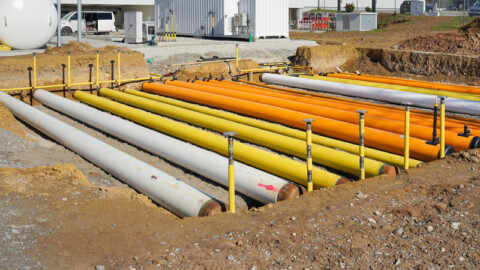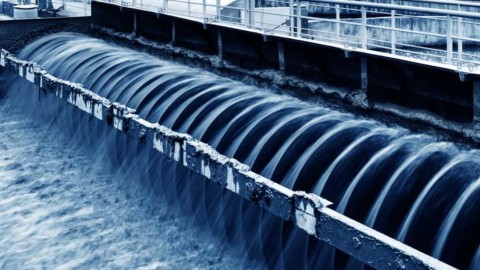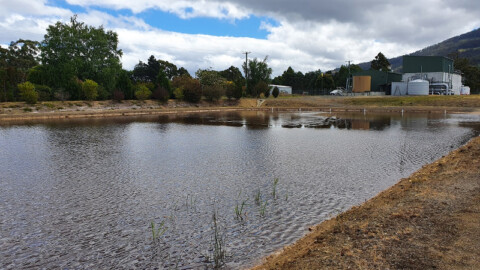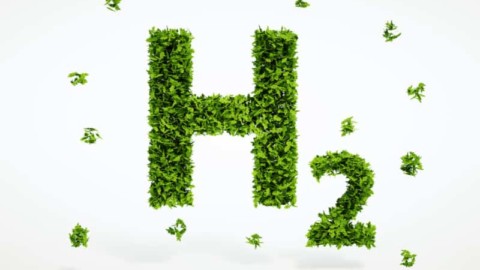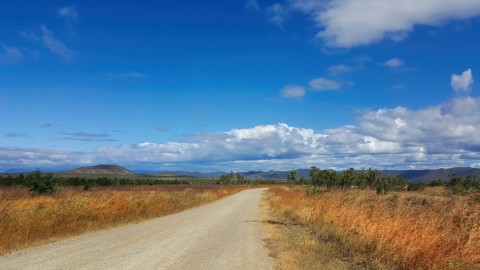Tariff tussles
The first productive years between the association and the Federal Government led into the beginning of a pretty tumultuous time for pump manufacturers in Australia. The 1970s became a period of major upheaval for the Australian pump industry, as the Tariff Board announced an inquiry into centrifugal pumps, which took place from 1969-1972.
APMA, representing the interests of the manufacturers, naturally became heavily involved in trying to protect the industry by retaining the 55 per cent tariff then in place for imported pumps. APMA engaged a Canberra-based lobbyist to represent their interests to government, and argue for the retention of a reasonable level of protection.
 Bob Moore, then Managing Director of Kelly & Lewis, recalled that there was a general sense that the Board had already made a decision in-house to reduce the tariff, and it was eventually announced in the early 1970s that the Tariff Board was reducing the tariff on imported pumps from 55 per cent to 27.5 per cent.
Bob Moore, then Managing Director of Kelly & Lewis, recalled that there was a general sense that the Board had already made a decision in-house to reduce the tariff, and it was eventually announced in the early 1970s that the Tariff Board was reducing the tariff on imported pumps from 55 per cent to 27.5 per cent.
This change in tariff structure set the industry on a course of action which resulted in a major shift in the industry; from one heavily focussed on the manufacture of pumps, to one focussed on the import of pumps manufactured overseas, and the sales and support that these imports require.
As Bob recalled, “Over time, because of the factors mentioned above, the Australian pump industry has changed from a primarily manufacturing industry to a mixture of a few manufacturers and many importers.
“These importers generally were relatively small organisations. Previously Australia boasted 30 pump manufacturing companies and the organisation representing them was APMA. The status today is more like ten manufacturers and 42 importers.
“Successive governments with their tariff policies and lack of support, not just to the pump industry but to all metal manufacturing companies, have condemned Australia to a second class manufacturing nation.”
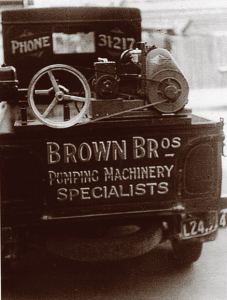 Pump importers naturally had a differing perspective on the tariff situation. One of these was KAB Projects. The company was formed by Keith Beesley, who had been headhunted to join Kelly and Lewis in 1961. Keith was joined by his son Ted in 1968, and the company went from selling locally manufactured Worthington Pumps and Forrer Pumps, to being an importer of pumping equipment. Ted recalled that this move put the company offside with APMA – then focused on representing the interests of pump manufacturers in Australia.
Pump importers naturally had a differing perspective on the tariff situation. One of these was KAB Projects. The company was formed by Keith Beesley, who had been headhunted to join Kelly and Lewis in 1961. Keith was joined by his son Ted in 1968, and the company went from selling locally manufactured Worthington Pumps and Forrer Pumps, to being an importer of pumping equipment. Ted recalled that this move put the company offside with APMA – then focused on representing the interests of pump manufacturers in Australia.
As the company grew, it went on to become the sole distributor of Grundfos pumps in New South Wales for many years, and they were the first to import products from manufacturers such as Kirlioskar, Roto, Sakuragawa, Homa, Seepex, Emu, Hoelschertechnic Gorator, Lange, Shim Maywa, Hidrostal, Sykes, Godwin, Vogel and SPP. Reflecting on the evolution of KAB, it’s clear that their business model was an early predecessor for what many companies in the industry at the time would eventually evolve into.




